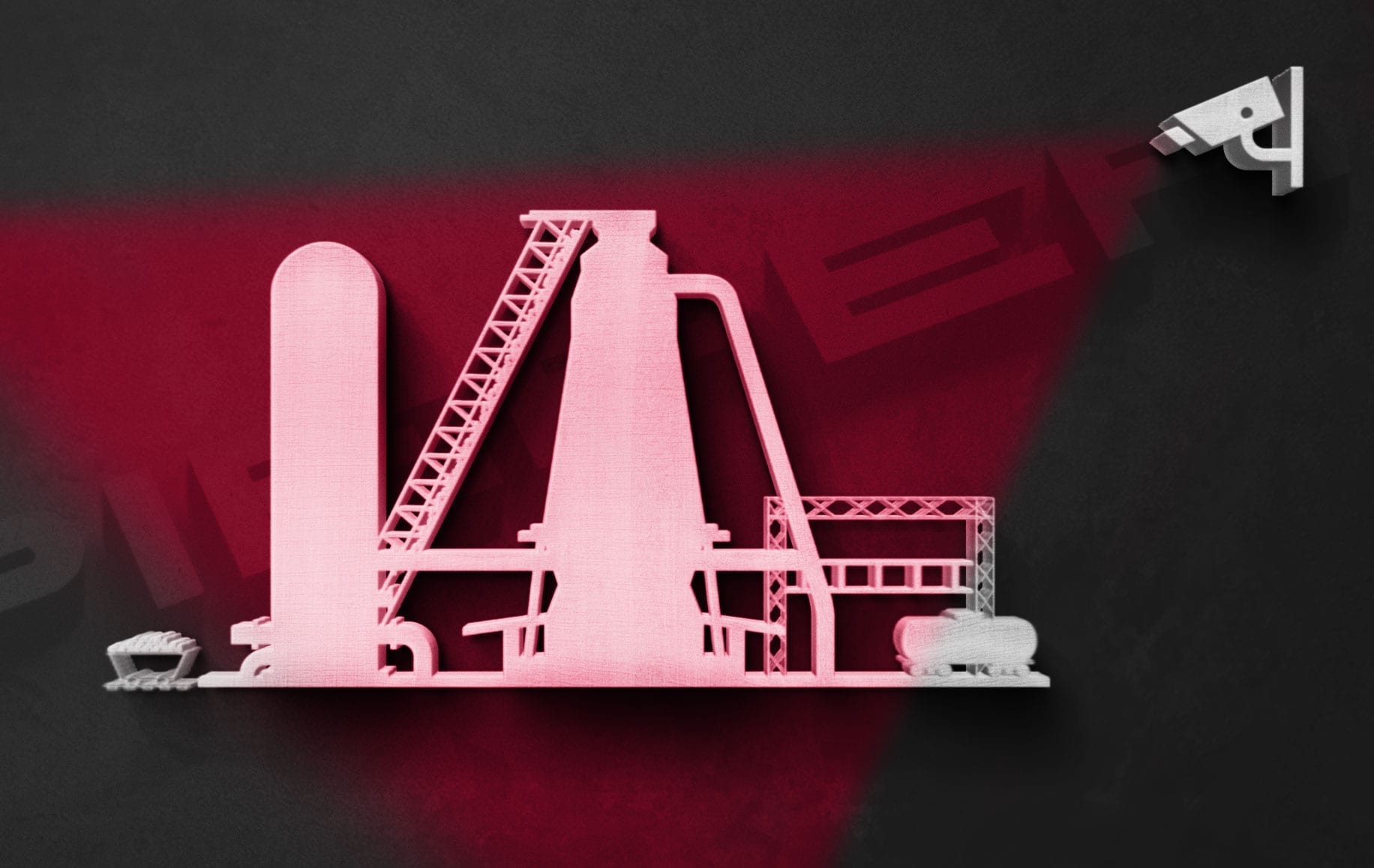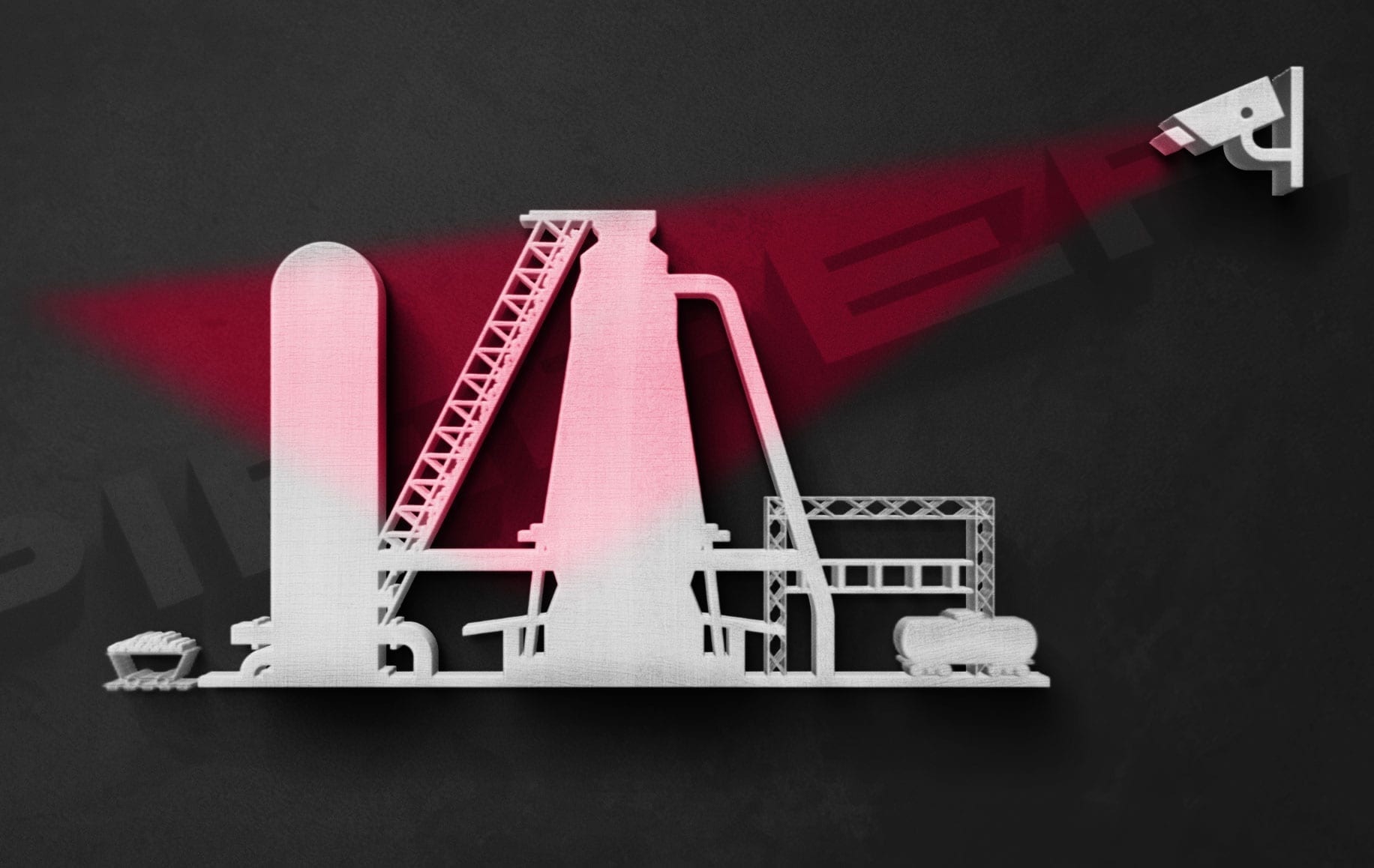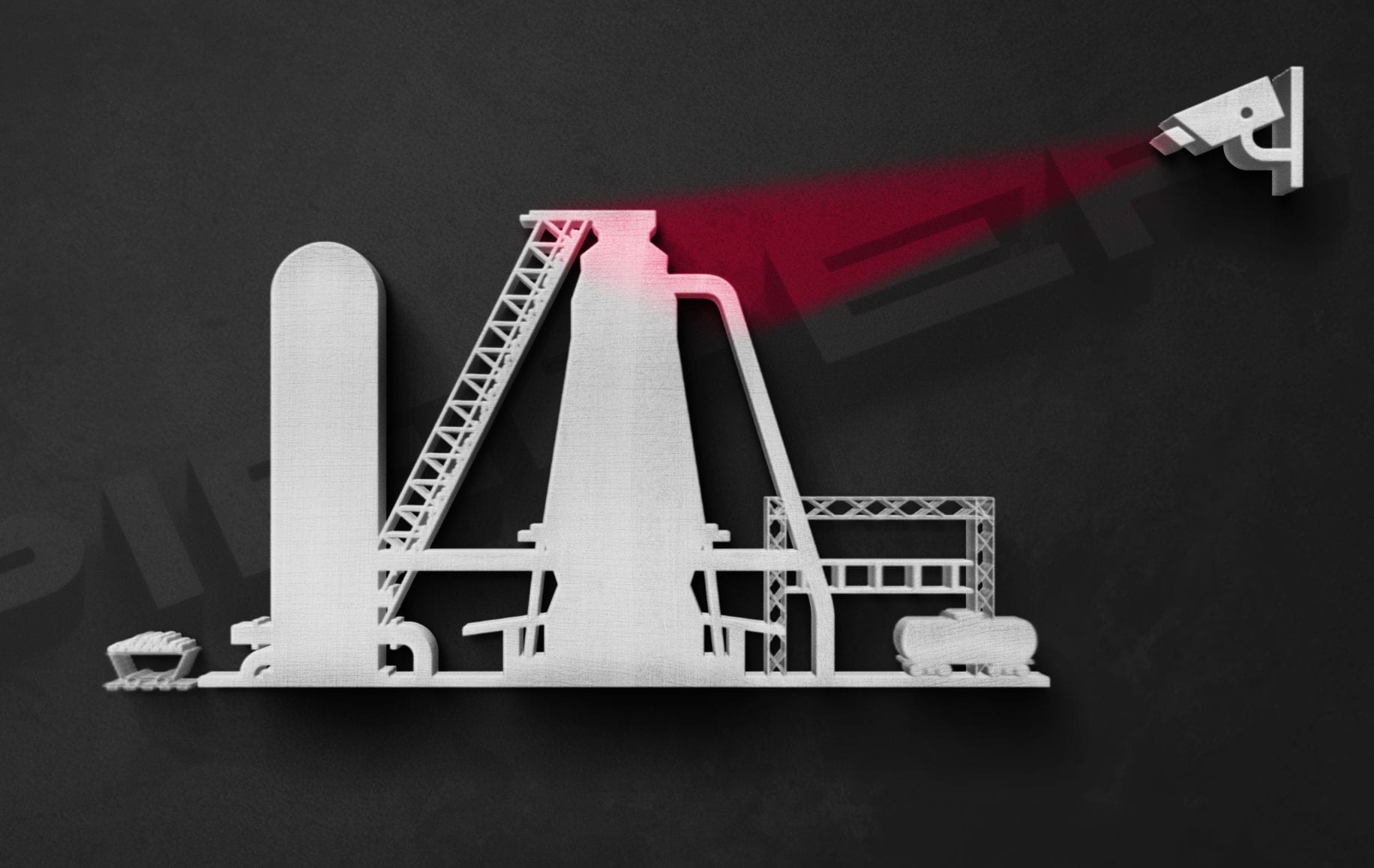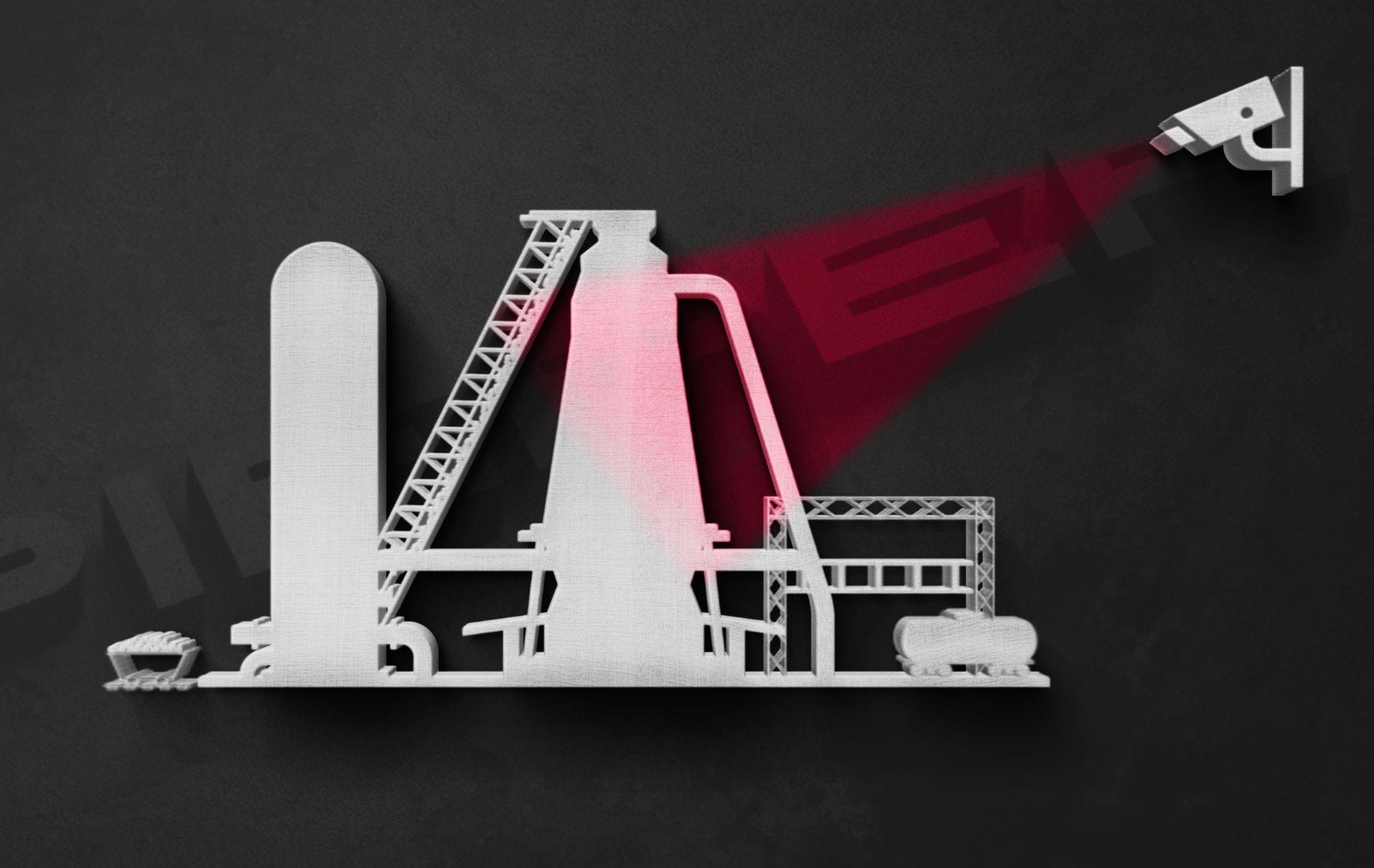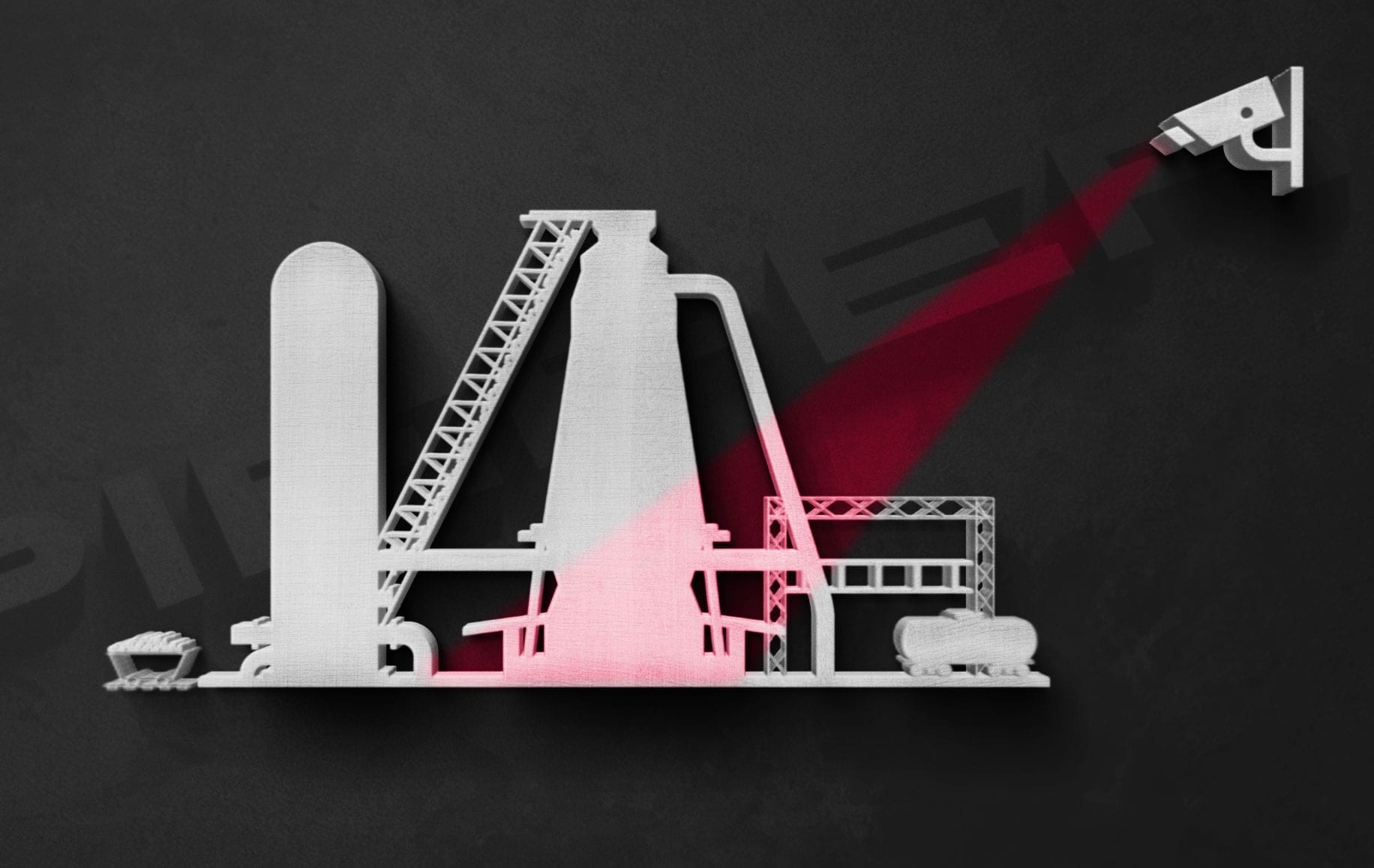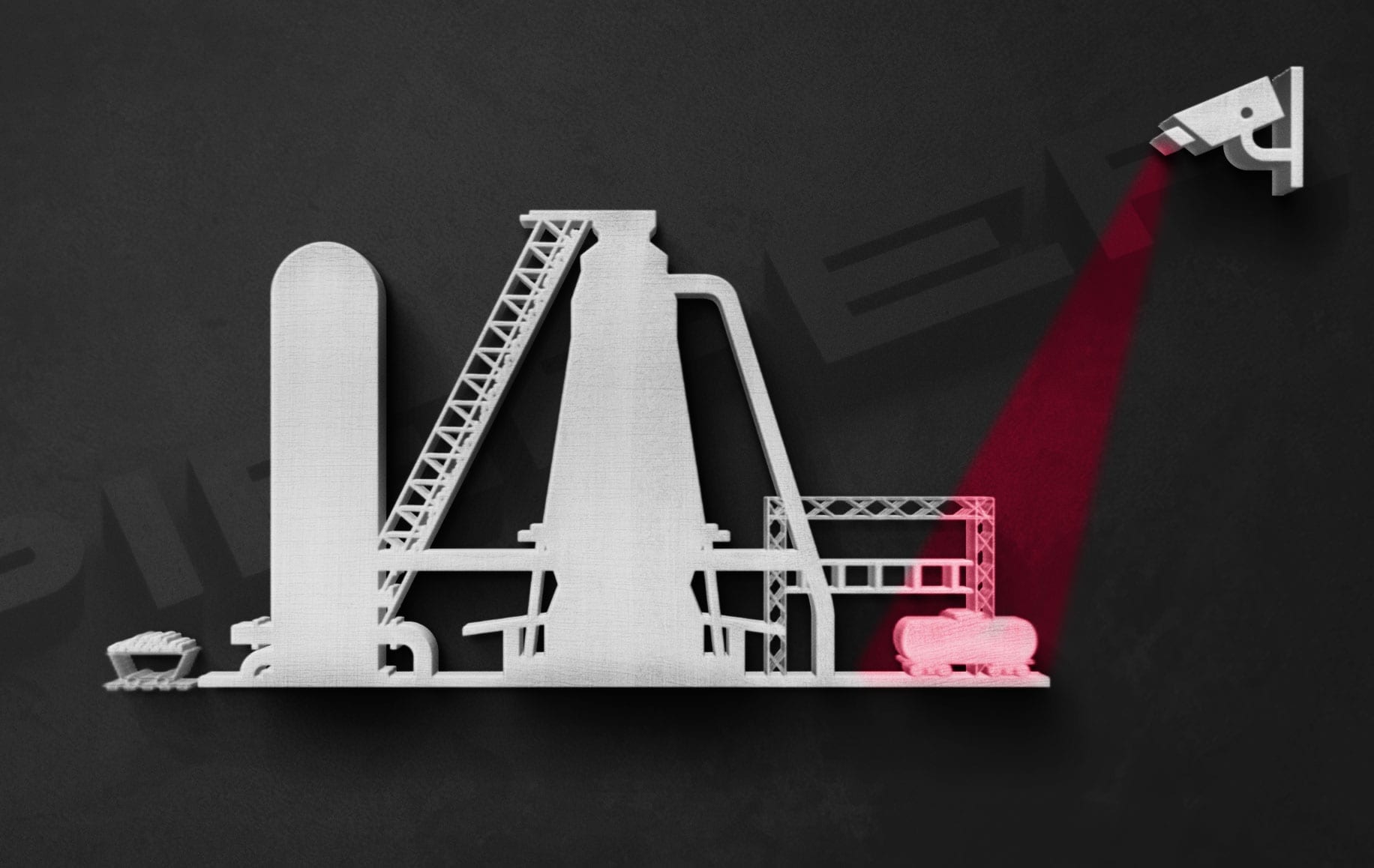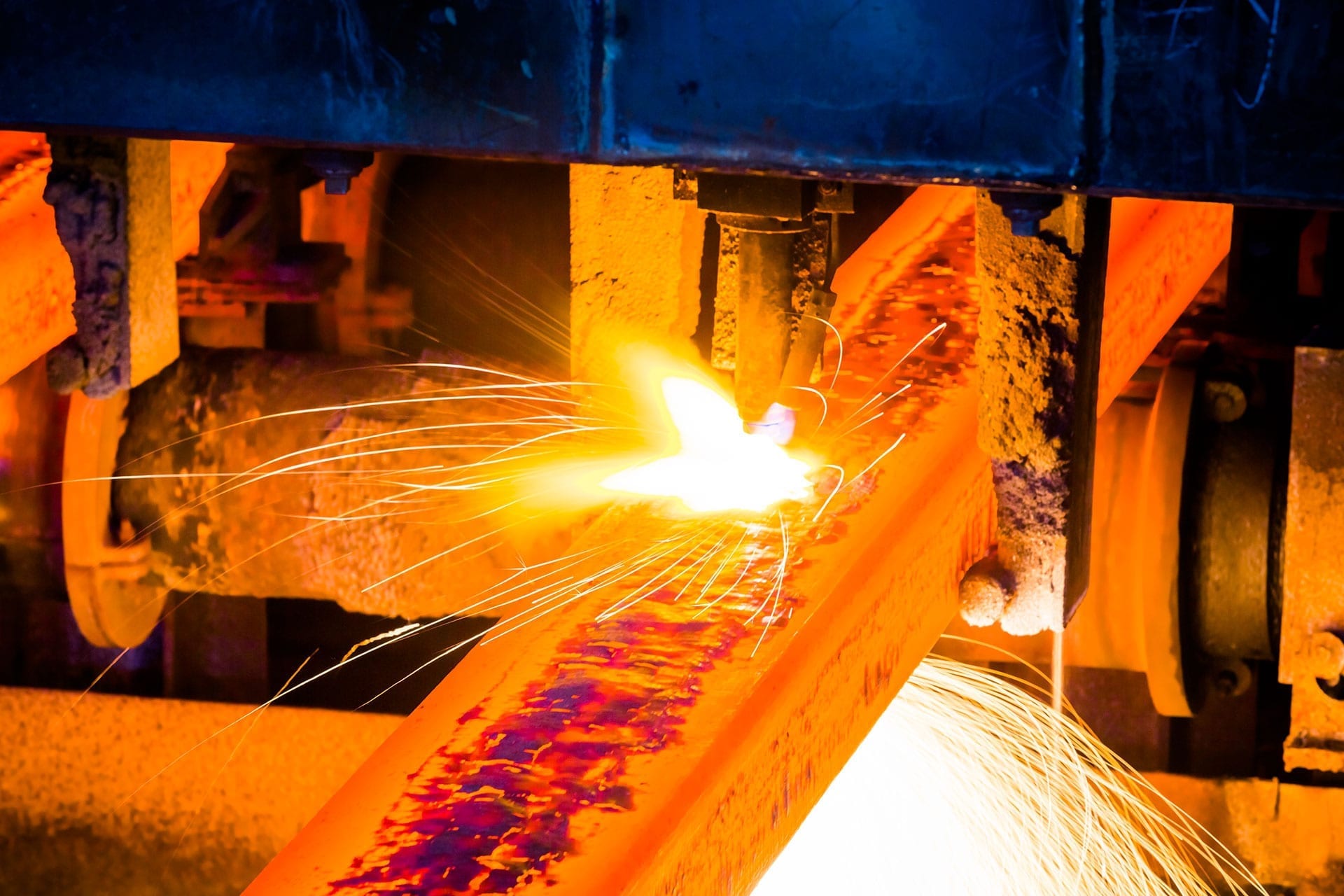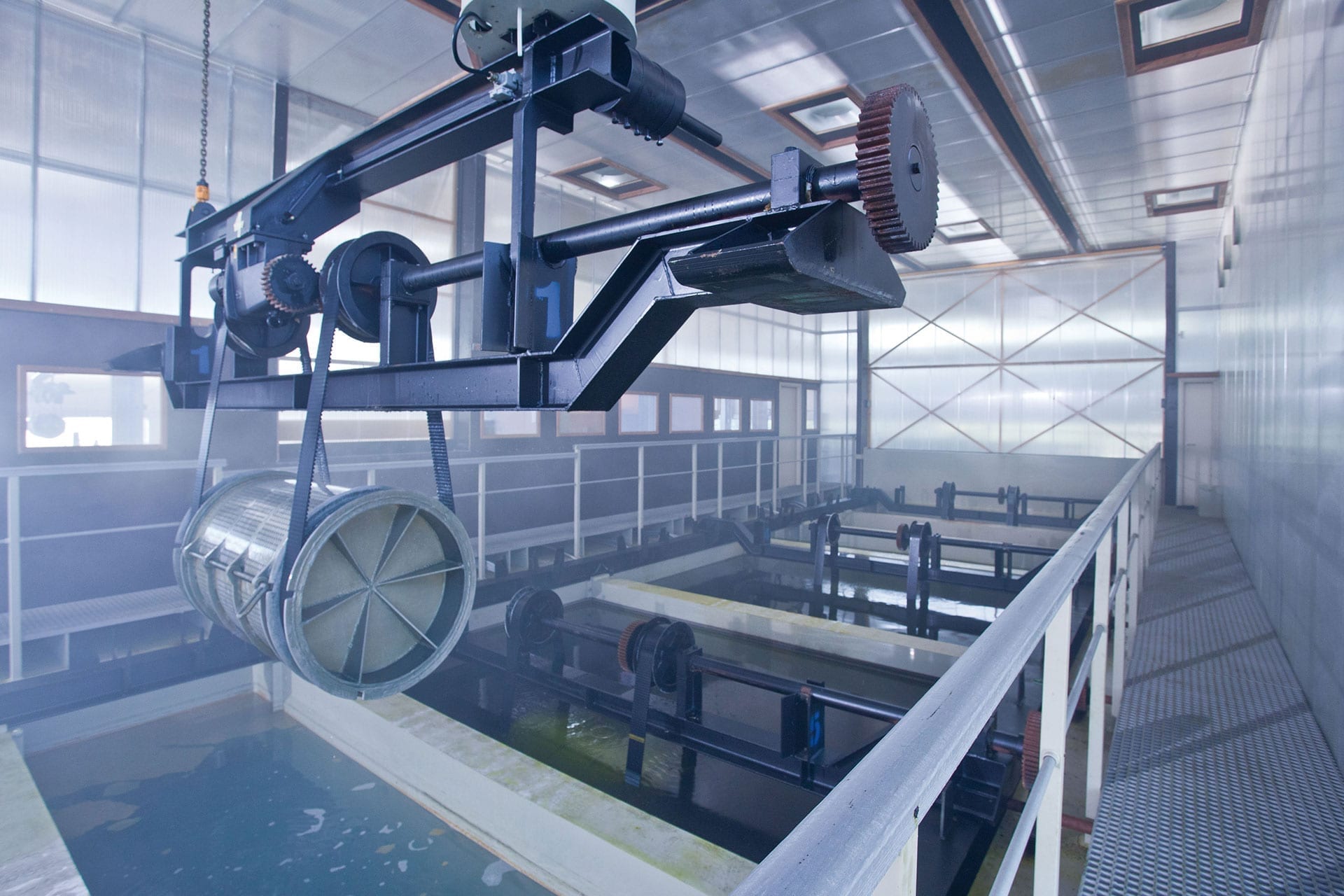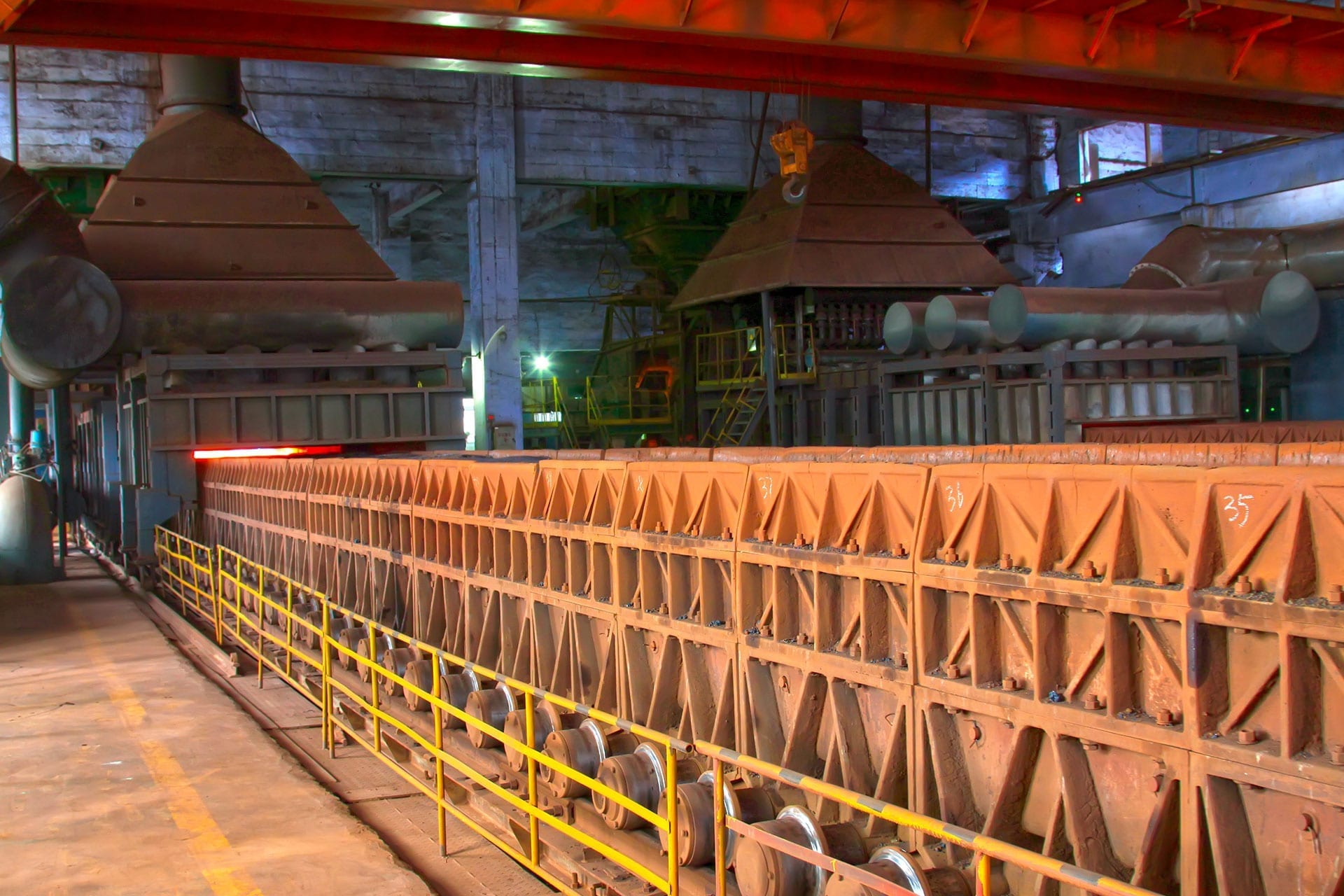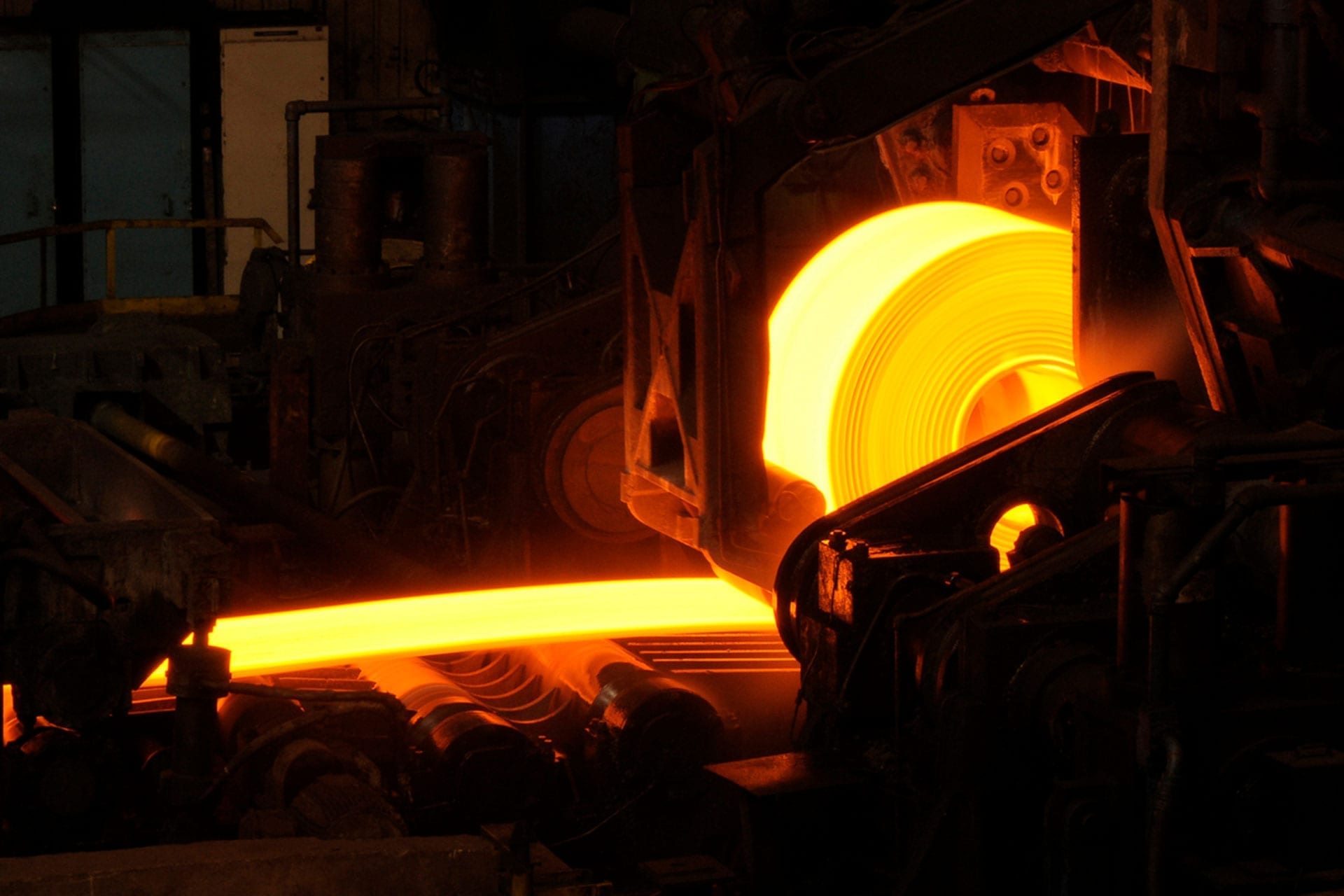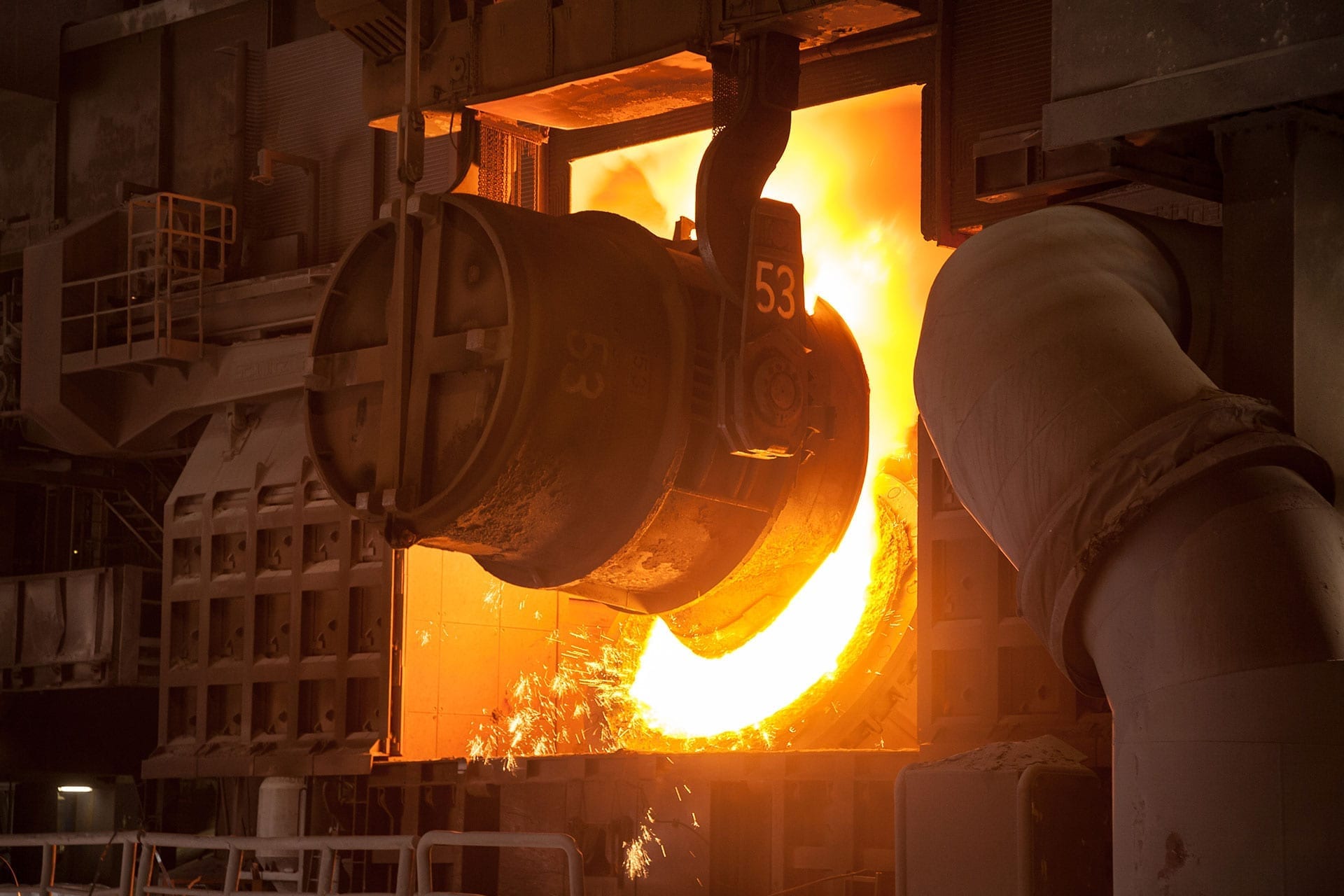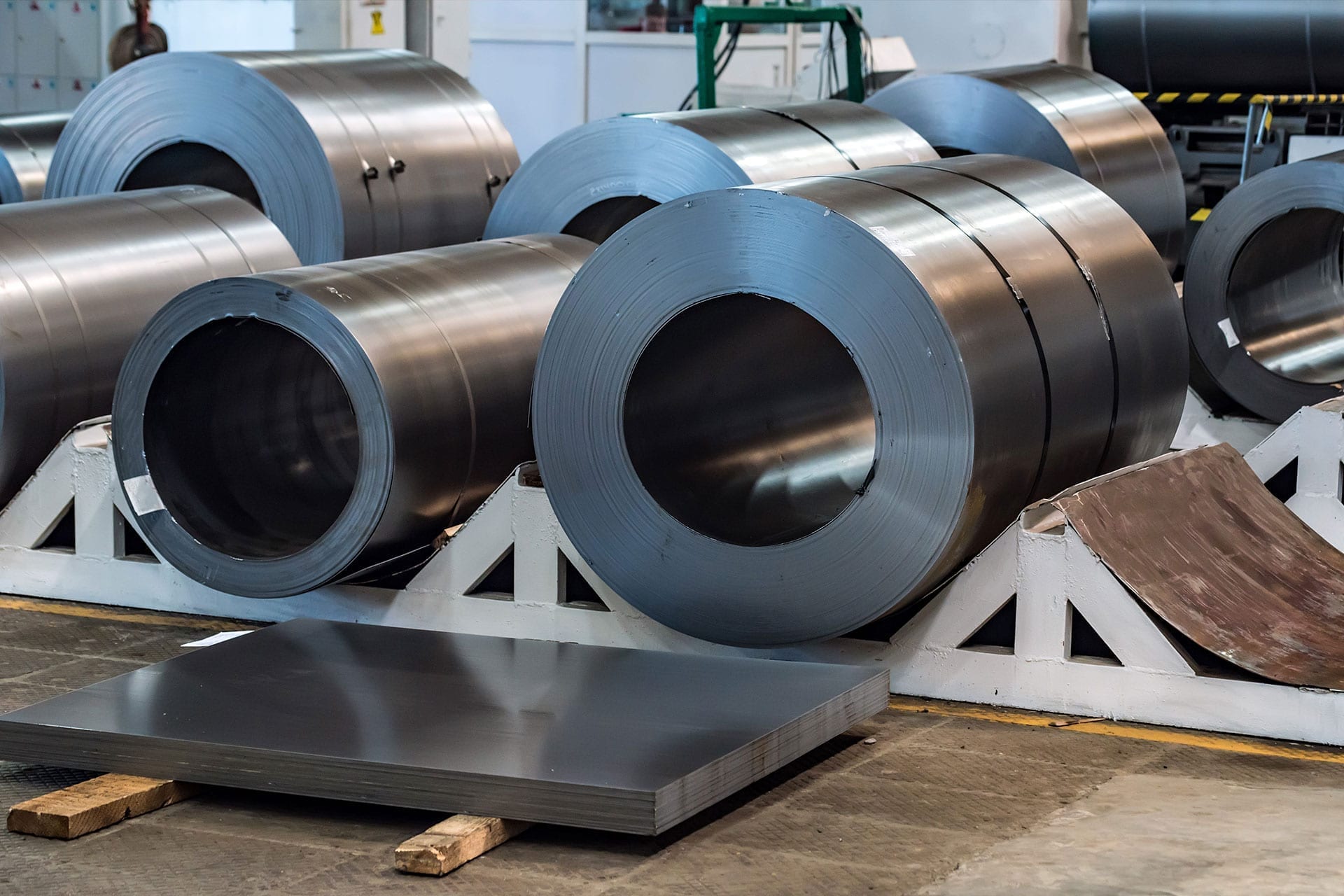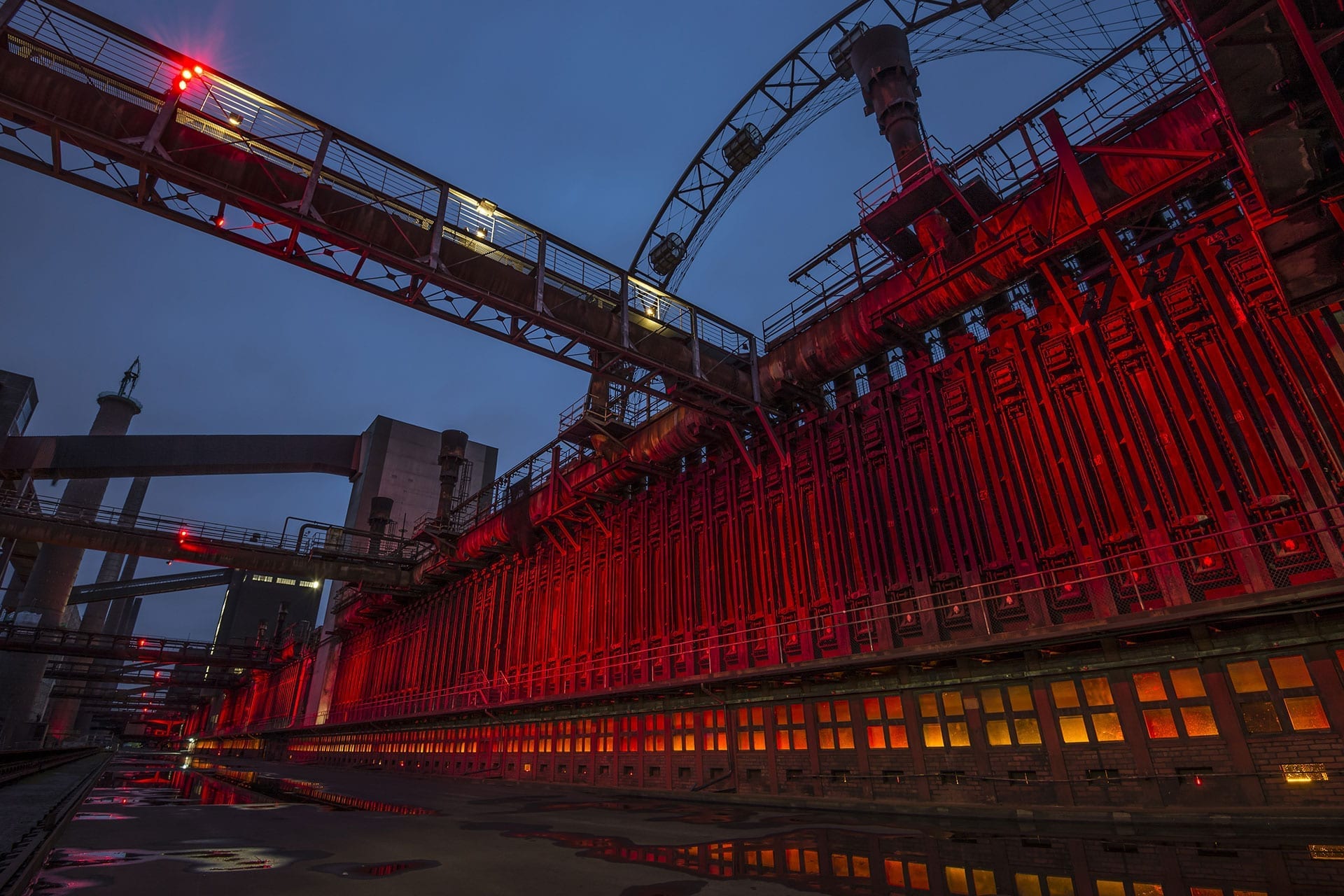Safe work at the blast furnace - with visual cameras & modern surveillance technology
Iron ore, lime and coke are the main ingredients for producing pig iron and are melted in furnaces up to 75 metres high. To produce the pig iron, the furnaces, which are enclosed in steel jackets and a cooling system, operate at temperatures of up to 2,200 °C. The raw materials are transported to the furnace head by means of an inclined elevator. The raw materials are transported to the furnace head via an inclined lift and fed into the combustion chamber via the top of the furnace. Every two to three hours, tapping takes place in the casting hall so that the pig iron and slag can flow off for further processing.
OVERVIEW CAMERAS
In process monitoring, which is geared towards detailed monitoring and evaluation within a production chain, visual observation of the complete plant should not be disregarded. For this purpose, overview cameras are installed in such a way that they provide an overall picture of the running production and thus there is always a fully comprehensive overview of the entire plant. The images generated in this way reach the control centre via live stream, so that emerging malfunctions can be detected at an early stage.
In addition to avoiding cost-intensive production stoppages, the environment also benefits here: a defective filter system, for example, can be detected more quickly, as a change in the colour of the exhaust gas often already indicates this. The control room can thus take immediate action and counteract dangers.
At the same time, the use of overview cameras increases occupational safety for the skilled personnel working directly on the equipment: The early detection of a malfunction, which the employee on site may not even be able to perceive, reduces the risk of an accident to a minimum - thus ensuring safe working at the blast furnace.

FEEDING
Conveyor belts transport iron ore, coke and lime to the head of the blast furnace and feed them alternately to the combustion chamber. In order to be able to monitor and control the process at all times, one or more visual cameras are used here that continuously send live images to the control room.

BLEEDER (OVERPRESSURE FLAPS)
At the furnace head is the bleeder, which ensures that if the pressure builds up too high in the blast furnace, it can escape via the flaps. Since overpressure should not normally occur, the flaps are monitored for logging purposes with visual cameras that are ready for recording in the event of an incident.

REFRACTORY LINING - REPAIR & MAINTENANCE
Refractory linings of furnaces have to be renewed from time to time due to the very high continuous loads. To reduce the potential danger and speed up the process, spraying robots are now used to take over this work.
Supported by visual cameras and external lighting that provide a 360° view, the robot is controlled by an external operator. In this way, the new lining can be applied evenly in a short time and the furnace can be started up again more quickly.

SLAG TAP
During the burning process in the blast furnace, slag is produced as a by-product in addition to iron. Since both products are needed separately for further processing, their different physical properties are utilised. Slag, which "floats" on the iron due to its lower density, is tapped off at regular intervals. In order to be able to observe the discharge behaviour, a visual or thermographic camera is attached to the tapping platform. In this way, it is possible to observe from a safe distance and without the constant presence of an employee in the direct vicinity when the blast furnace has to be closed again at the slag chute.


TORPEDO CARS
Thermographic inspection of the refractory lining of a torpedo car enables reliable compliance with plant safety. In this way, the risk of molten metal escaping is reduced to a minimum and the service life of the lining is significantly increased.
With the support of modern, thermographic monitoring technology, cost-intensive maintenance work is only necessary at longer intervals. The system, which is designed for continuous operation, can provide information on the condition of a torpedo car at any time.


